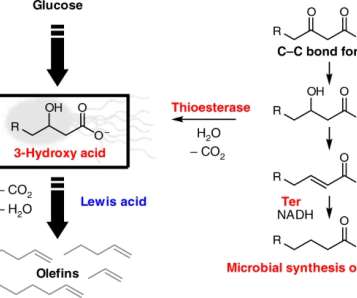Sustainable Rail International, U of Minnesota partner to develop most powerful carbon-neutral locomotive, using new steam engine and biocoal
Green Car Congress
MAY 22, 2012
CSR Project 130 will draw on the carbon-neutral solid biofuel research expertise of the University of Minnesota and the modern steam mechanical engineering capabilities of SRI. CSR plans to break the world record for steam locomotive speed, reaching 130 mph (209 km/h). Locomotive 3463. Figure of person provided for scale.































Let's personalize your content